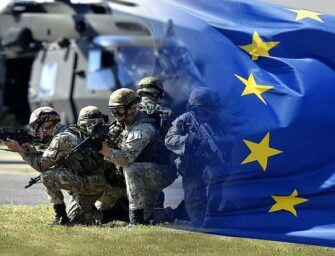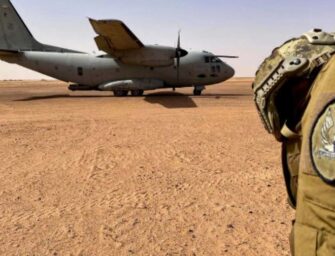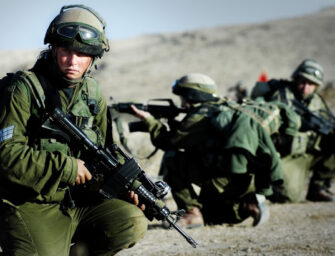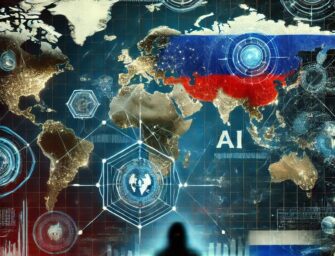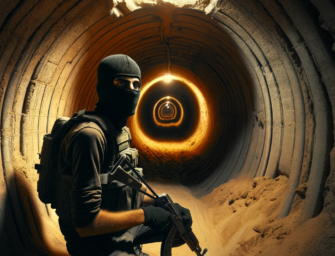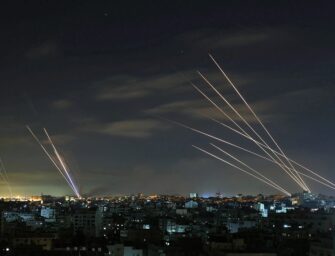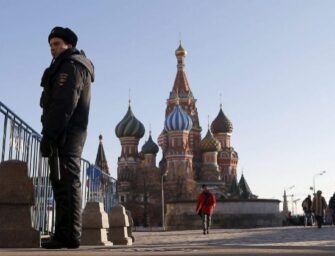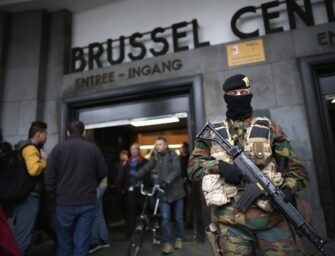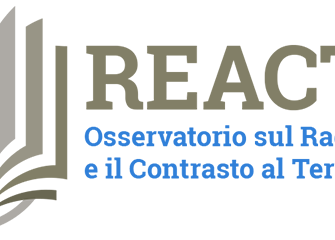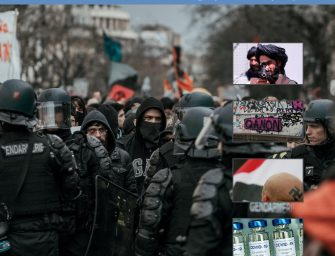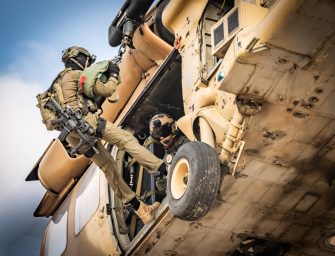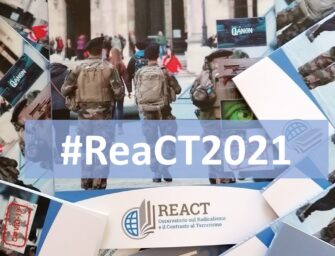The military applications of Artificial Intelligence
A focus on the 8th Beijing Xiangshan Forum (24-26 October 2018)
by Claudio Bertolotti
The Beijing Xiangshan Forum which unfolds yearly in China is a venue where, upon invitation by the host government, international partners and representatives discuss global security issues.
In 2018, the Italian delegation appointed by Defense Minister Elisabetta Trenta was led by Fabrizio Romano (Minister Plenipotentiary), Maurizio Ertreo (Director of the Military Centre for Strategic Studies – CeMiSS) and Claudio Bertolotti (Head of Research at CeMiSS). The meeting took place from 24th to 26th October and included an interesting session on the subject of Artificial Intelligence with its impact on the conduct of war.
While a separate article on ‘Artificial Intelligence and the new phase of Revolution in Military Affairs (RMA)’ –a topic which examines the evolution of warfare- will soon follow, I herewith present a summary of interventions which dealt with military applications of AI.
NATO’s Vice-Secretary Rose E. Gottemoeller -along with several other participants- emphazised the increasingly tight interconnection between intelligence and AI. She also pointed out how countering contemporary asymmetric threats will progressively require a sound use of AI which can help, by instance, determine the size and position of troops and armaments belonging either to allies or enemies; evaluate the feasibility of military actions; alter the conduct of operations depending on the evolving battlefield context. Gottemoeller then mentioned how a fundamental pillar of the Atlantic Alliance -article 5- calls for mutual assistance also in case of a cyber attack against a member State, as ratified in 2010 Lisbon Summit and the 2015 Wales Summit. Last but not least, the Vice-Secretary stressed the importance of AI in civilian contexts -i.e. in the identification of victims of terror or military attacks on the one hand, and of natural disasters on the other.
“Skynet”, which was launched in 2005, is today made up of no less than 170 million security cameras. By 2020, another 600 million are expected to be in place.
Lu Jun, a scholar from the Chinese Academy of Engeneering made reference to the central role played by AI within the frame of information systems -specifically, for facial recognition purposes, and with a view to preventing and thwarting terrorist threats. He also recalled the paramount function of AI in supporting the development of unmanned aerial, surface or underwater vehicles’ technology.
Though the reader did not mention such aspect, it’s relevant to notice how both these applications are of direct concern to the Chinese security industry whose expansion is based on “Skynet”, a surveillance and facial recognition system which was launched in 2005 in Beijing and soon extended to cover the whole nation. The system is today made up of no less than 170 million CCTV cameras; another 600 million are expected to be in place by 2020. Basically, this amounts to one camera every two persons.
US researcher Gregory Allen, who’s affiliated to the Centre for a New American Security, emphasized the role of AI in supporting intelligence processes -from data gathering to analysis- and reiterated in his turn that never before has the military been so tightly supported by AI. Specifically, he underlined how the increasing deployment of aircraft technology can be rewarding indeed for investors, as it affords them a decisive, battlefield superiority.
Moderator Xu Jie, computing lecturer at Leeds University (GB) underlined how terrorists will also increasingly employ AI thanks to the circulation of technological know-how.
The role of AI in supporting intelligence processes -from data gathering to analysis- is fundamental
Athsushi Sunami, President of Japanese Ocean Policy Research Institute of Far Eastern Studies – Sasakawa Peace Foundation also agrees on the essential role played by AI in the broader context of intelligence. In Beijing, he focused his own intervention on the main applications of AI in the military and security fields. One other aspect he touched upon, refers to so-called ‘social life intelligence’, which gathers information on the individuals’ preferences, interests, personal choices, political tendencies, opinions etc… and upon which data governments can determine and enact policies (with respect to societies at war, or their own people).
Sunami also hinted at the potential of AI when specifically applied to delimitated areas, such as airports or other targets, or wider areas such as urban zones, and which can be further enhanced by means of integrated systems at the national or transnational level.
Last but not least, the reader further discussed how military power can greatly benefit from the integration of weapons’ systems with AI, and the latter’s support in successful management of emergencies and natural disasters.
Further development of the private sector remains paramount.
Sunami made specific reference to the role played by those start-ups which have been active in the business of game development software, and which helped create a whole new branch of research. We can therefore aptly understand how the diffuse application of AI allows us to aknowledge the potentialities of high-tech in contexts where dual-use (civil-military) is synonimous with effectiveness and long-term, financial sustainability.
(translation: Chiara Sulmoni)











